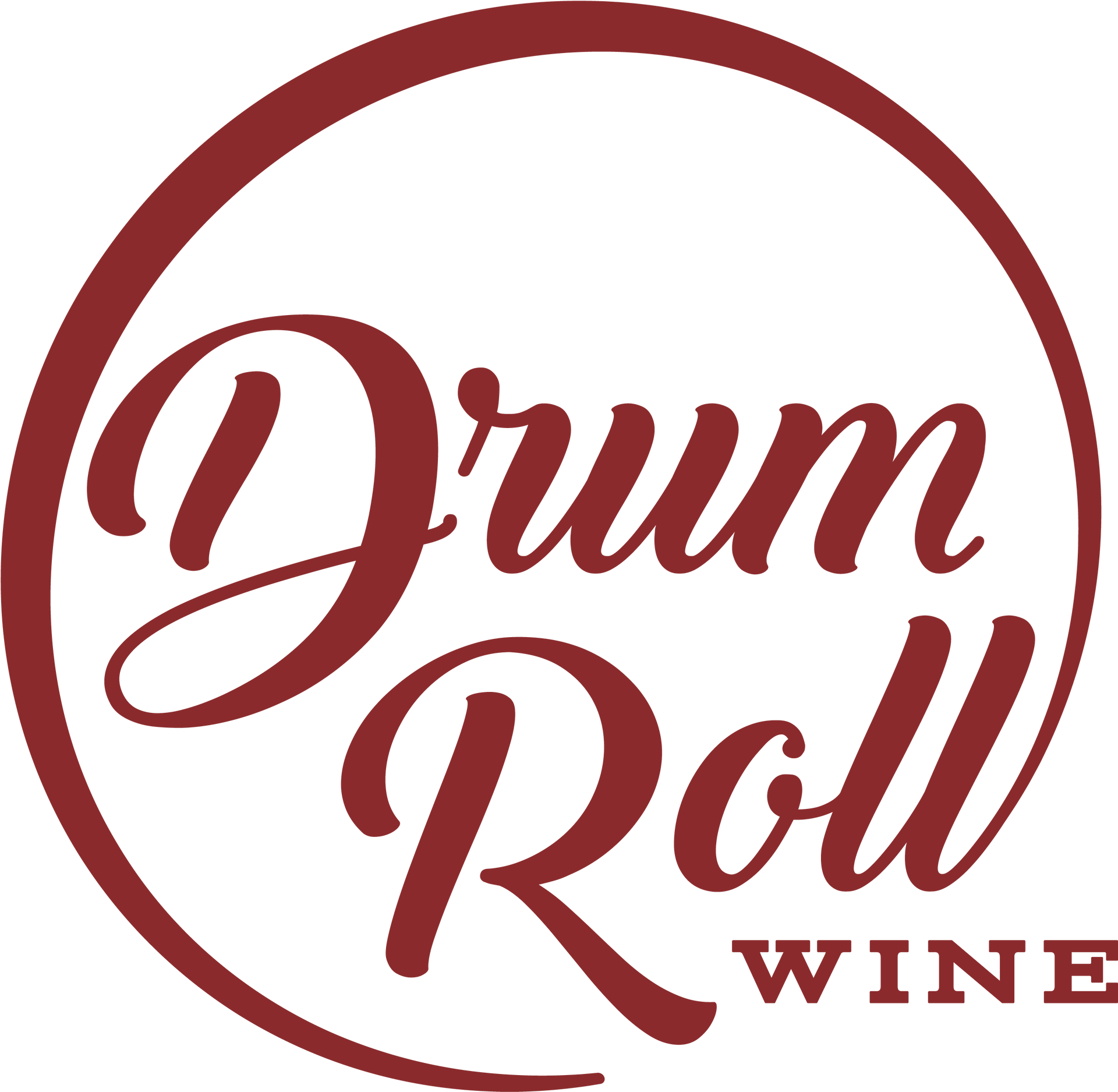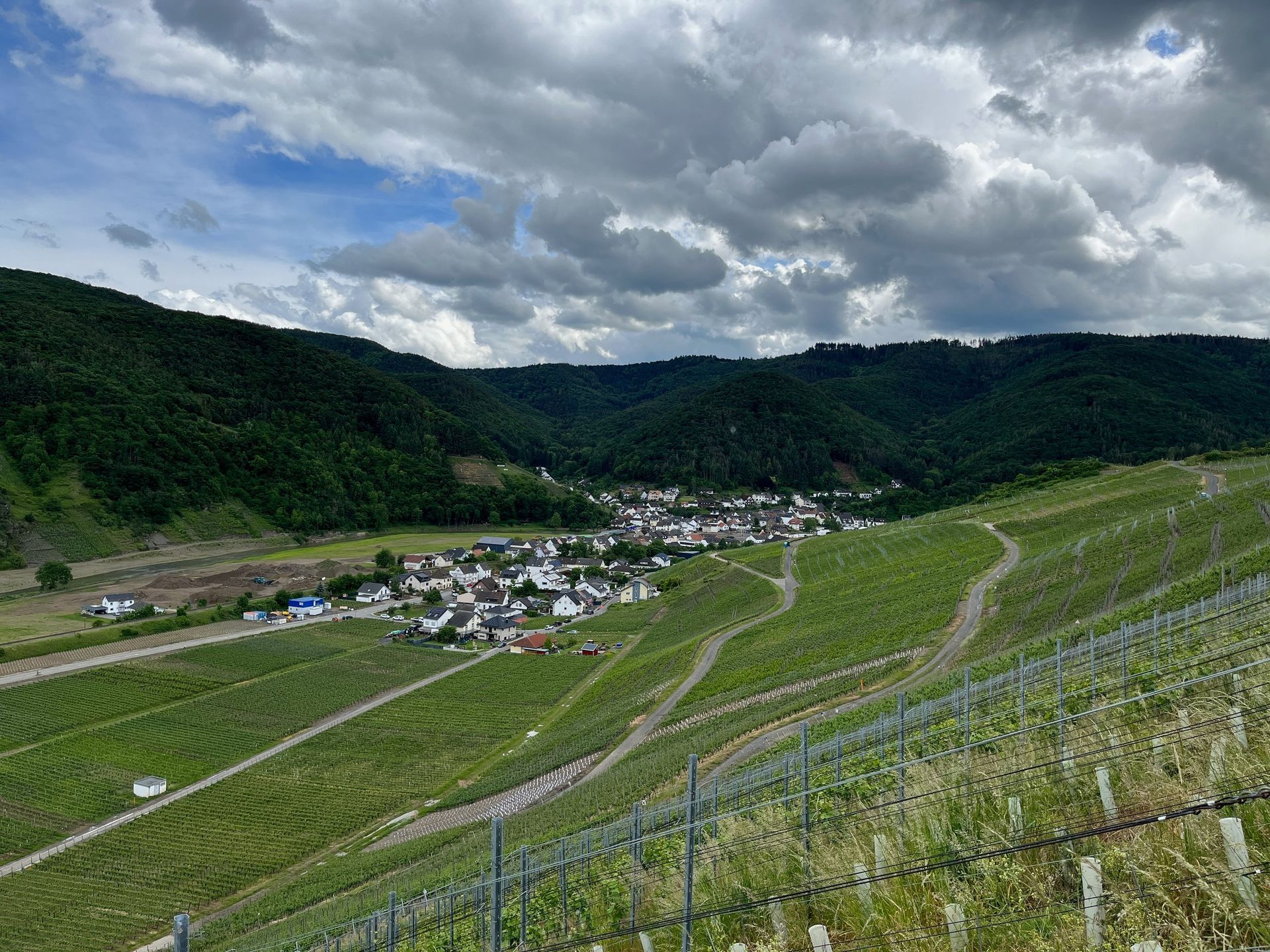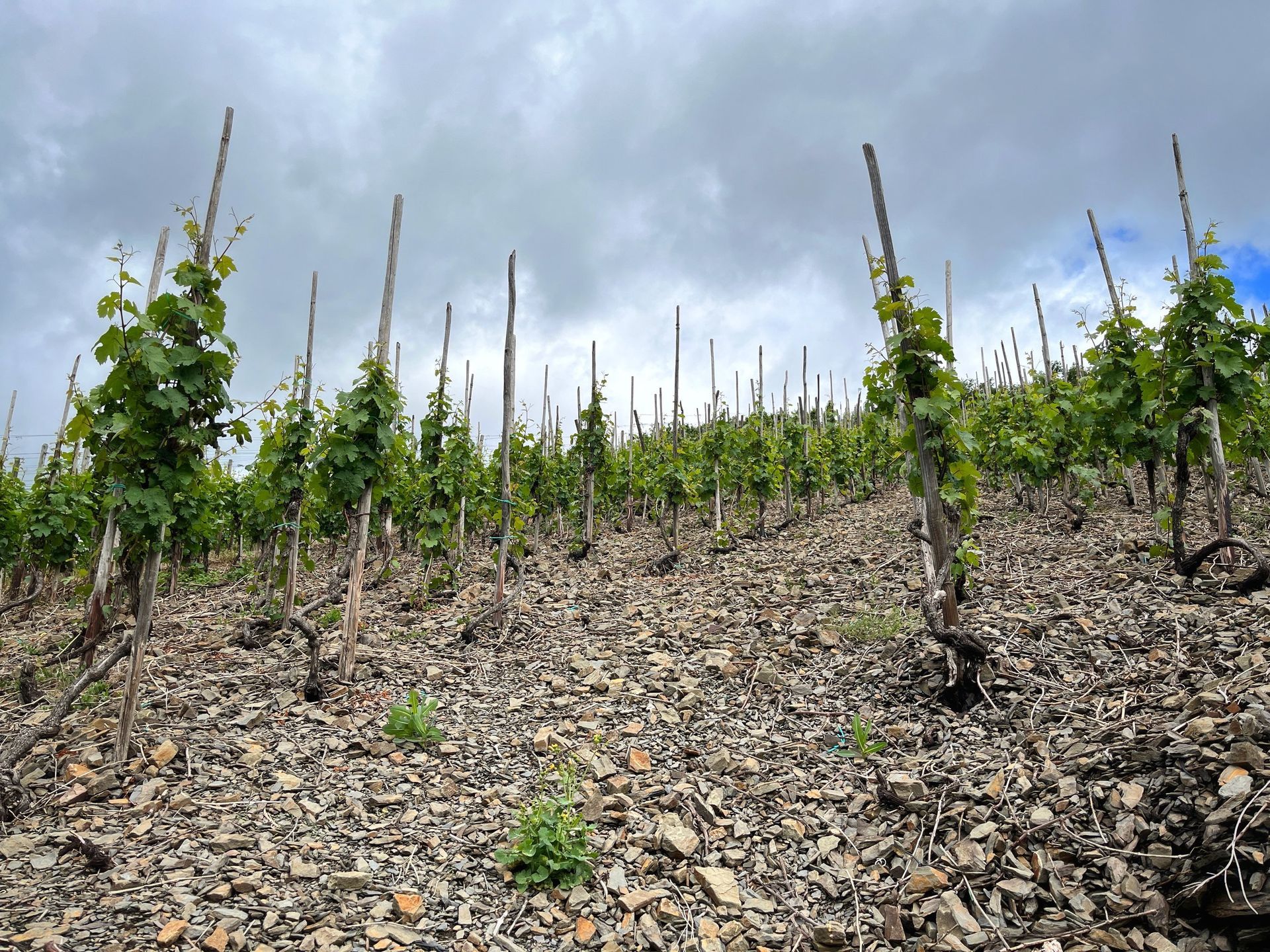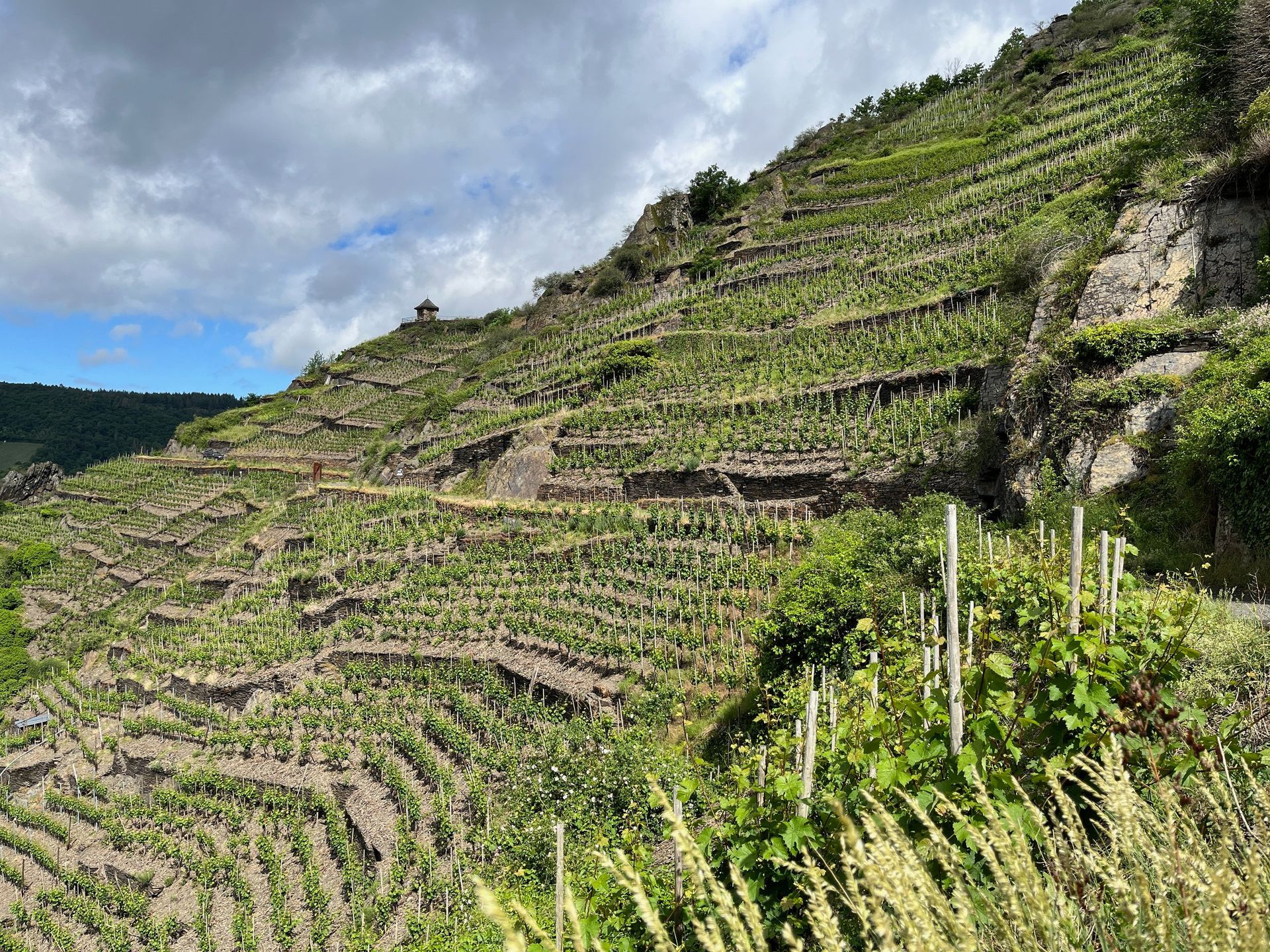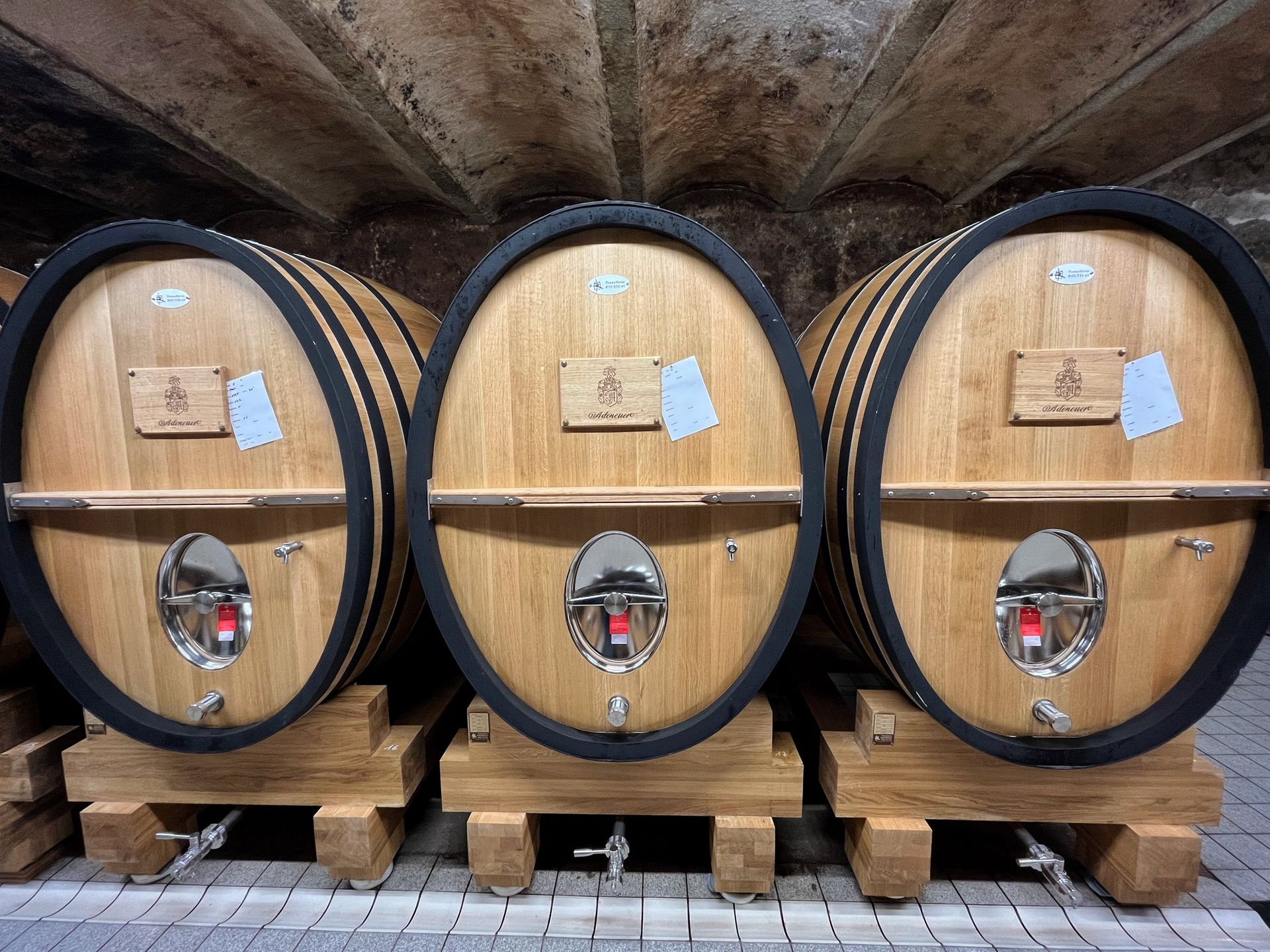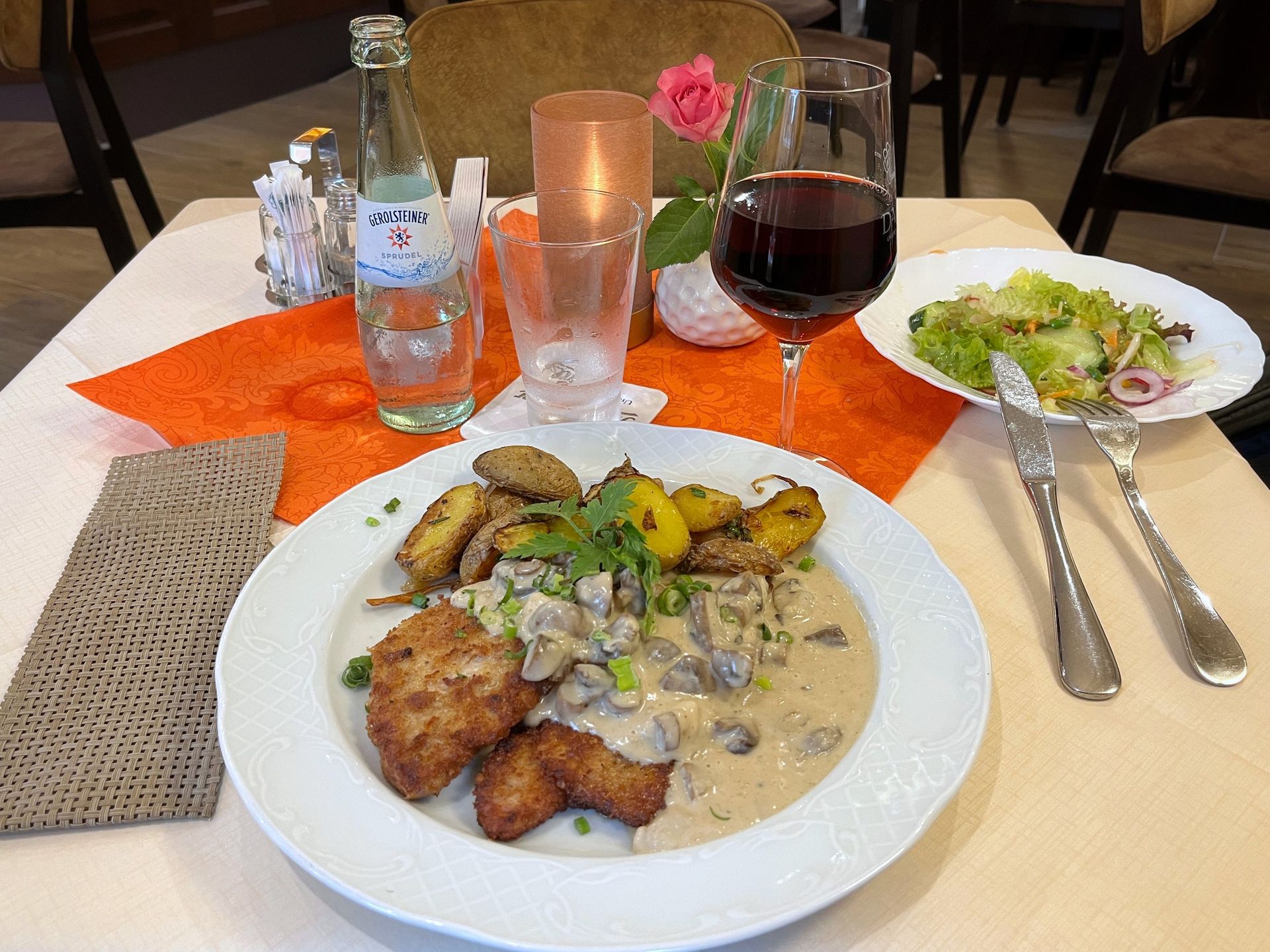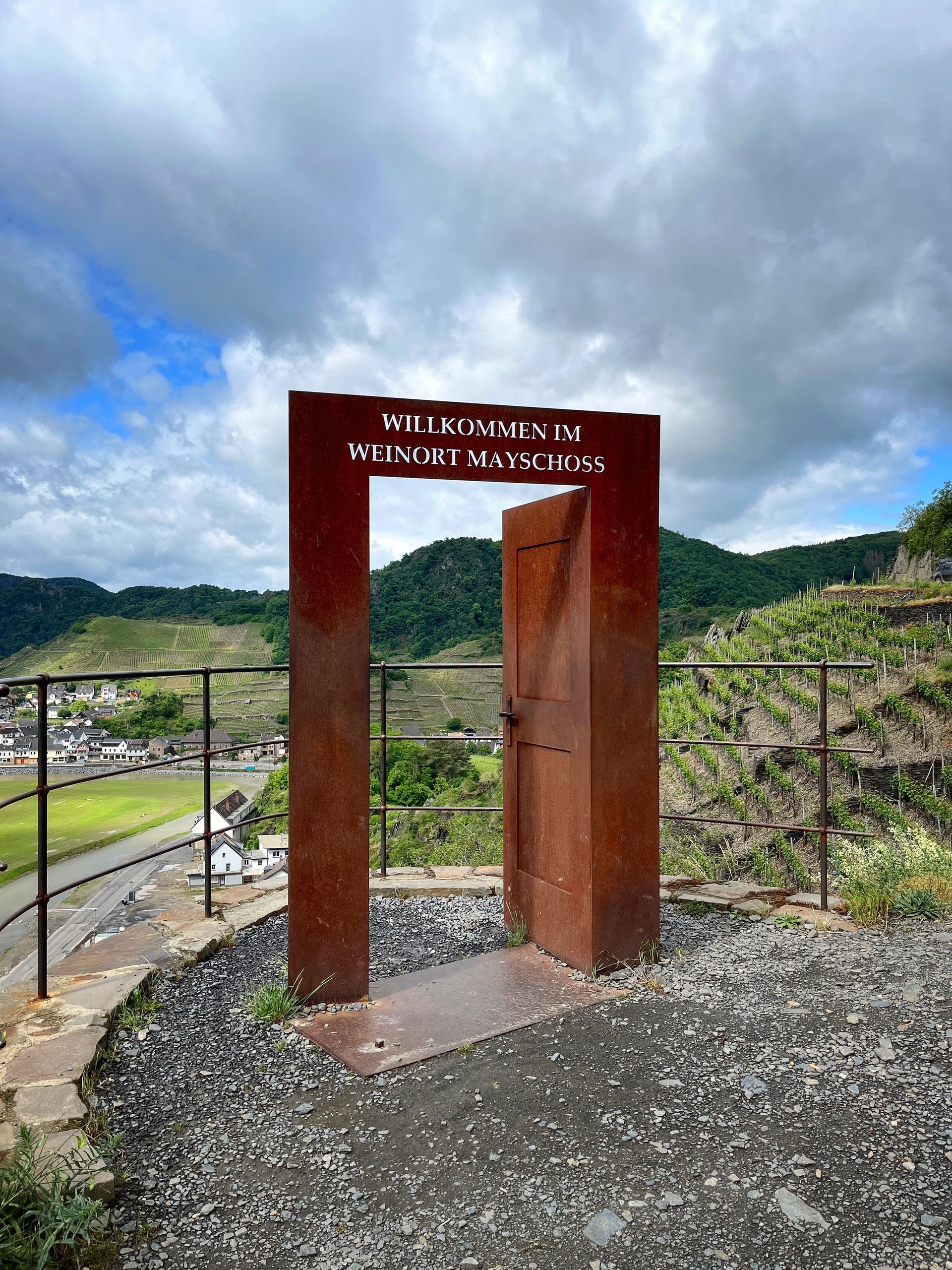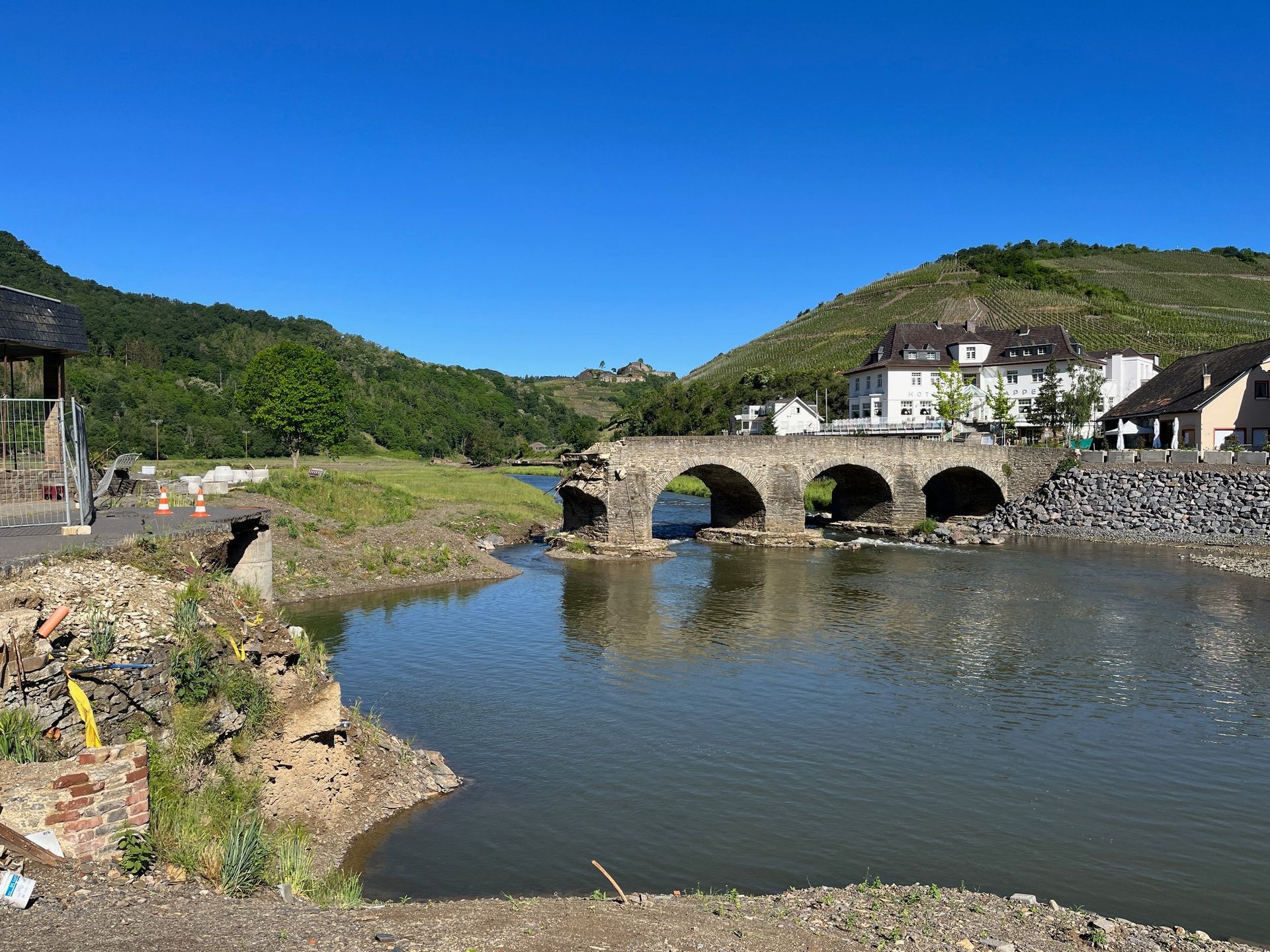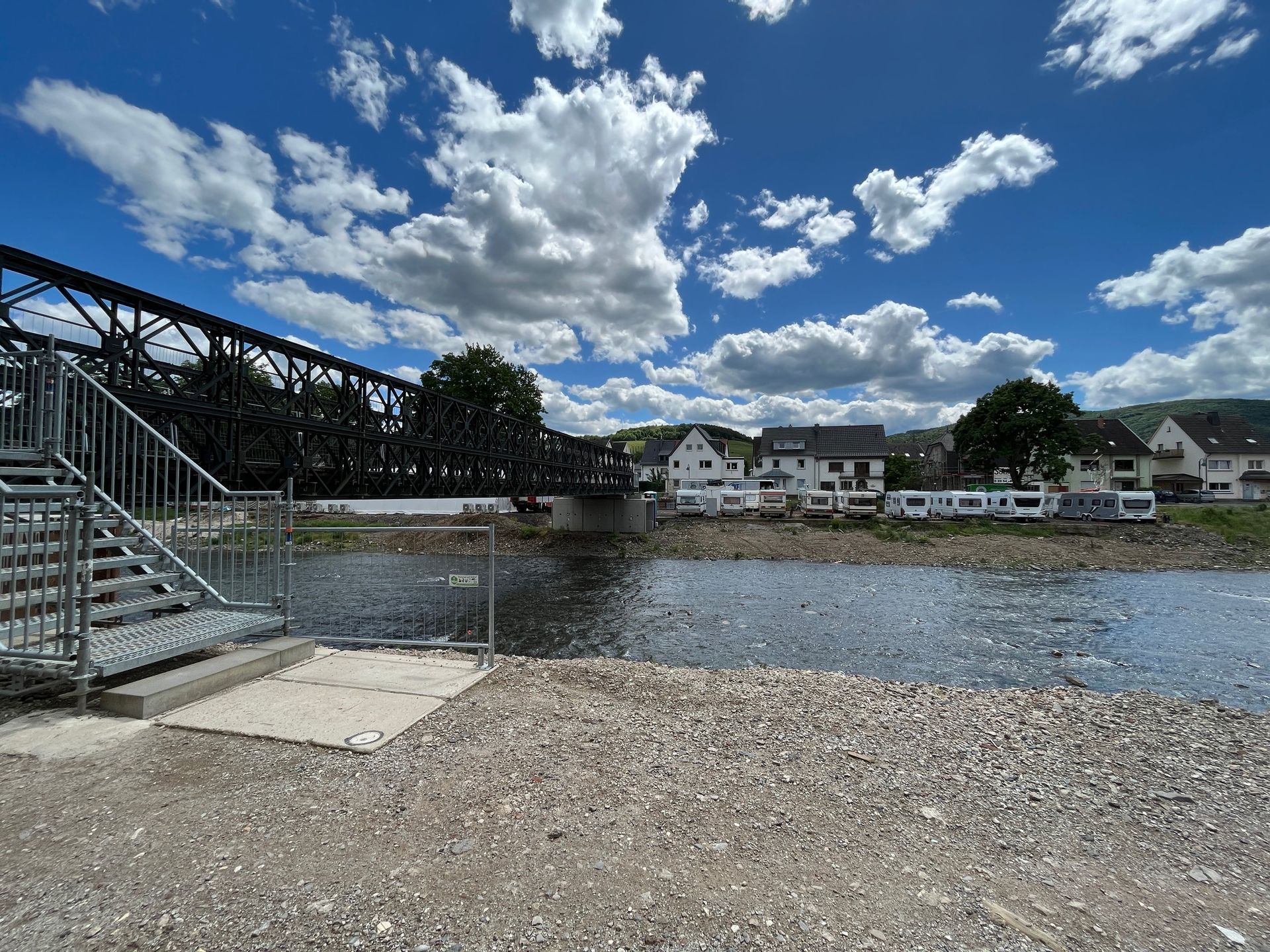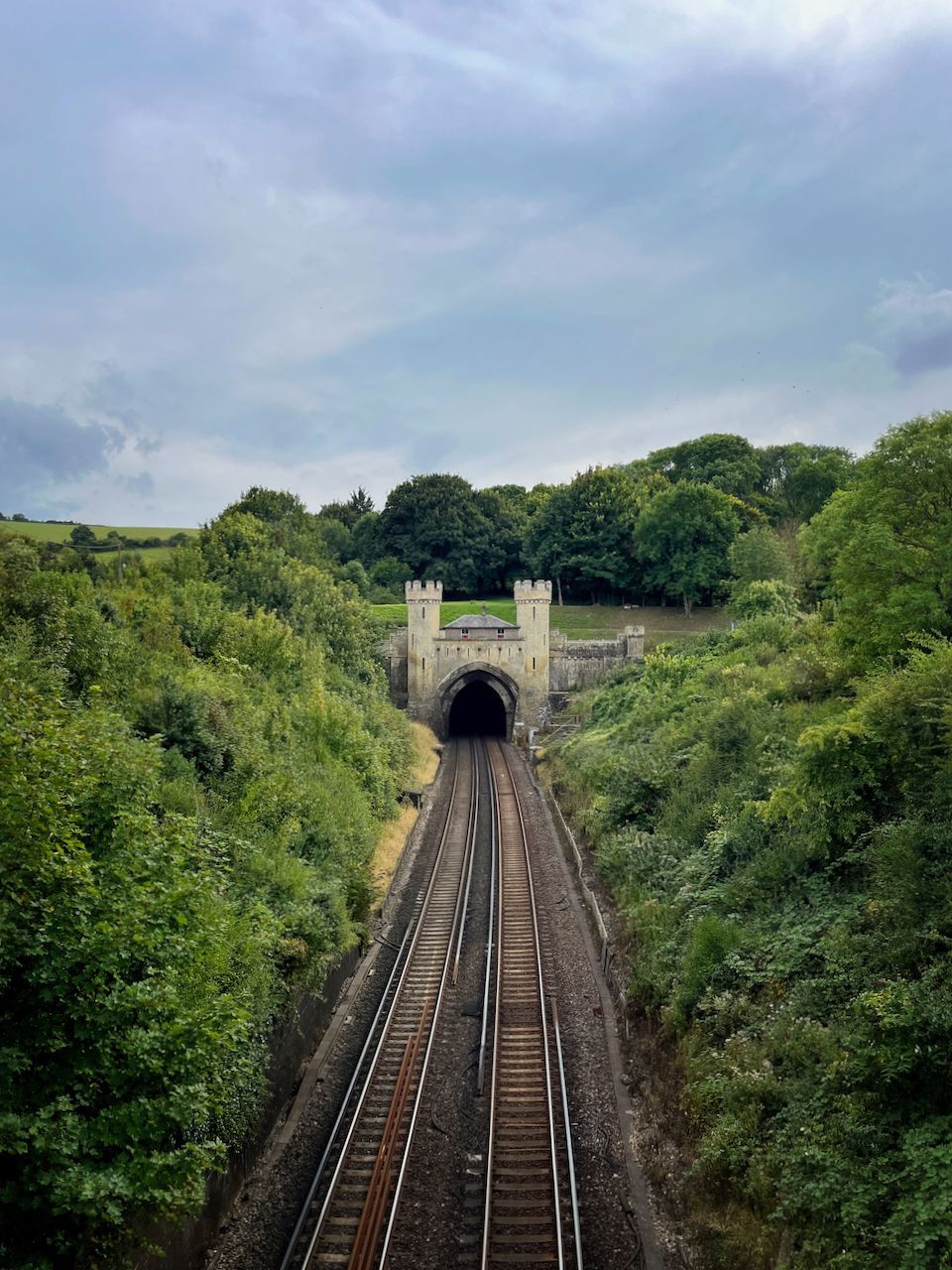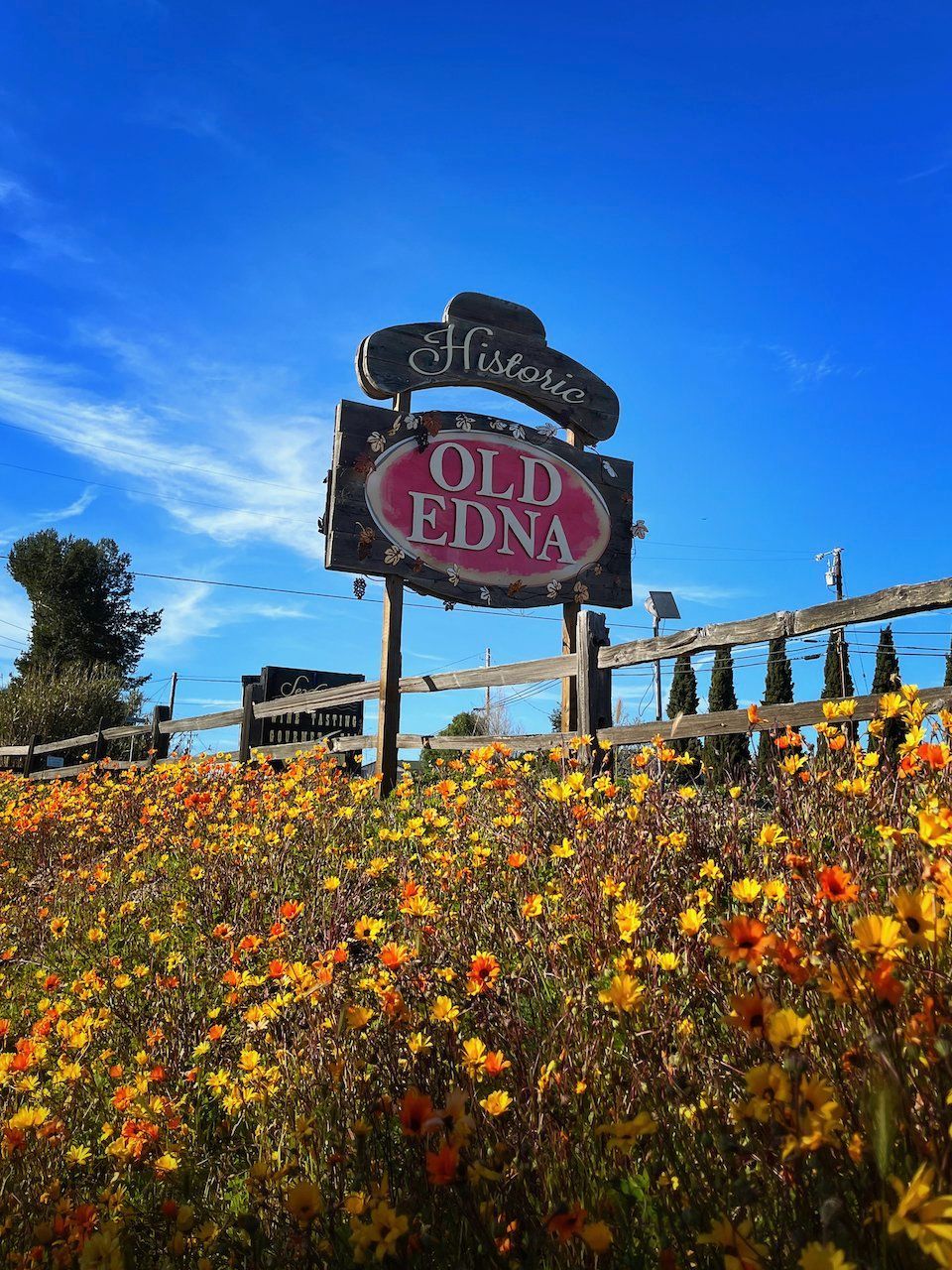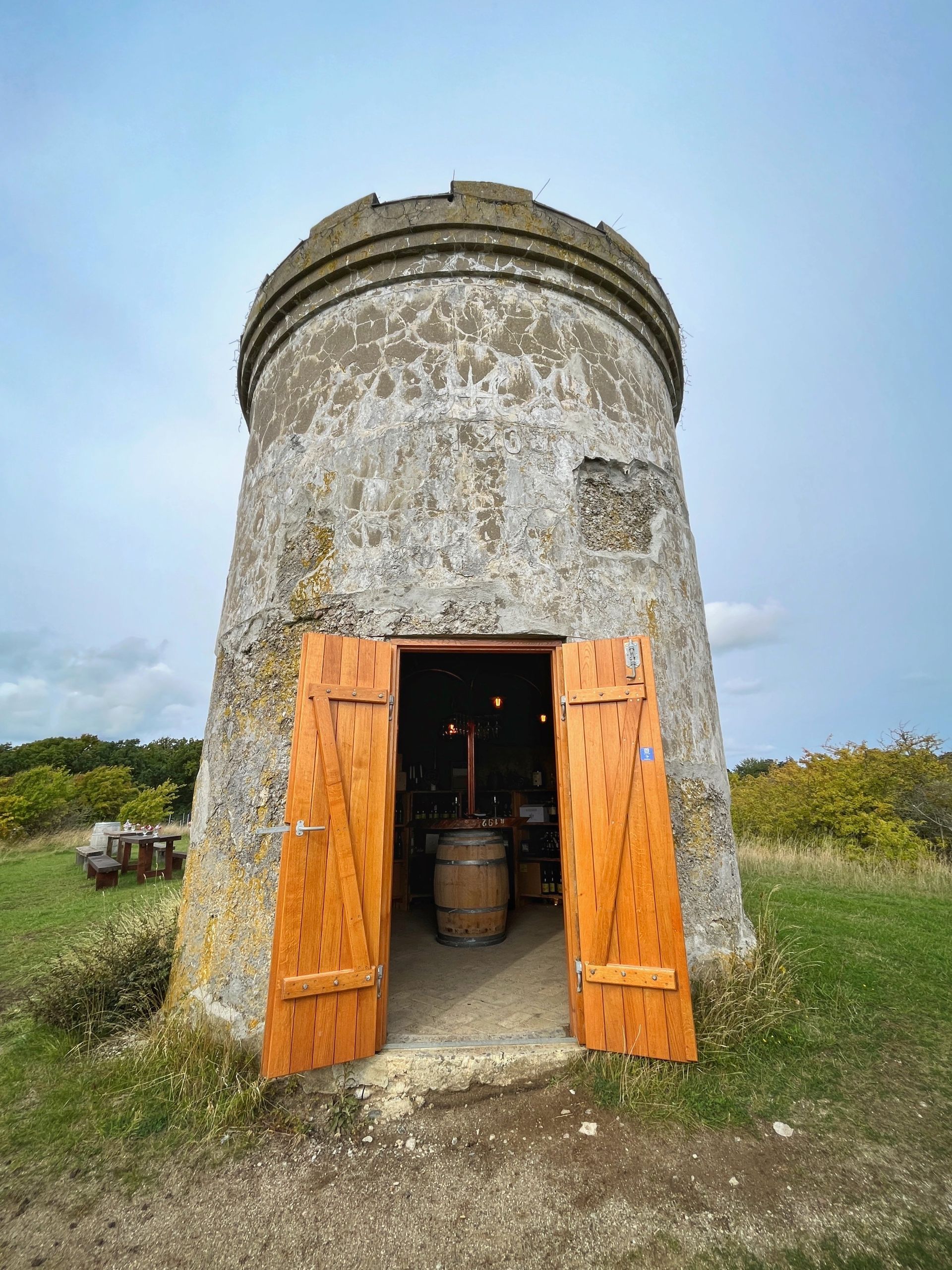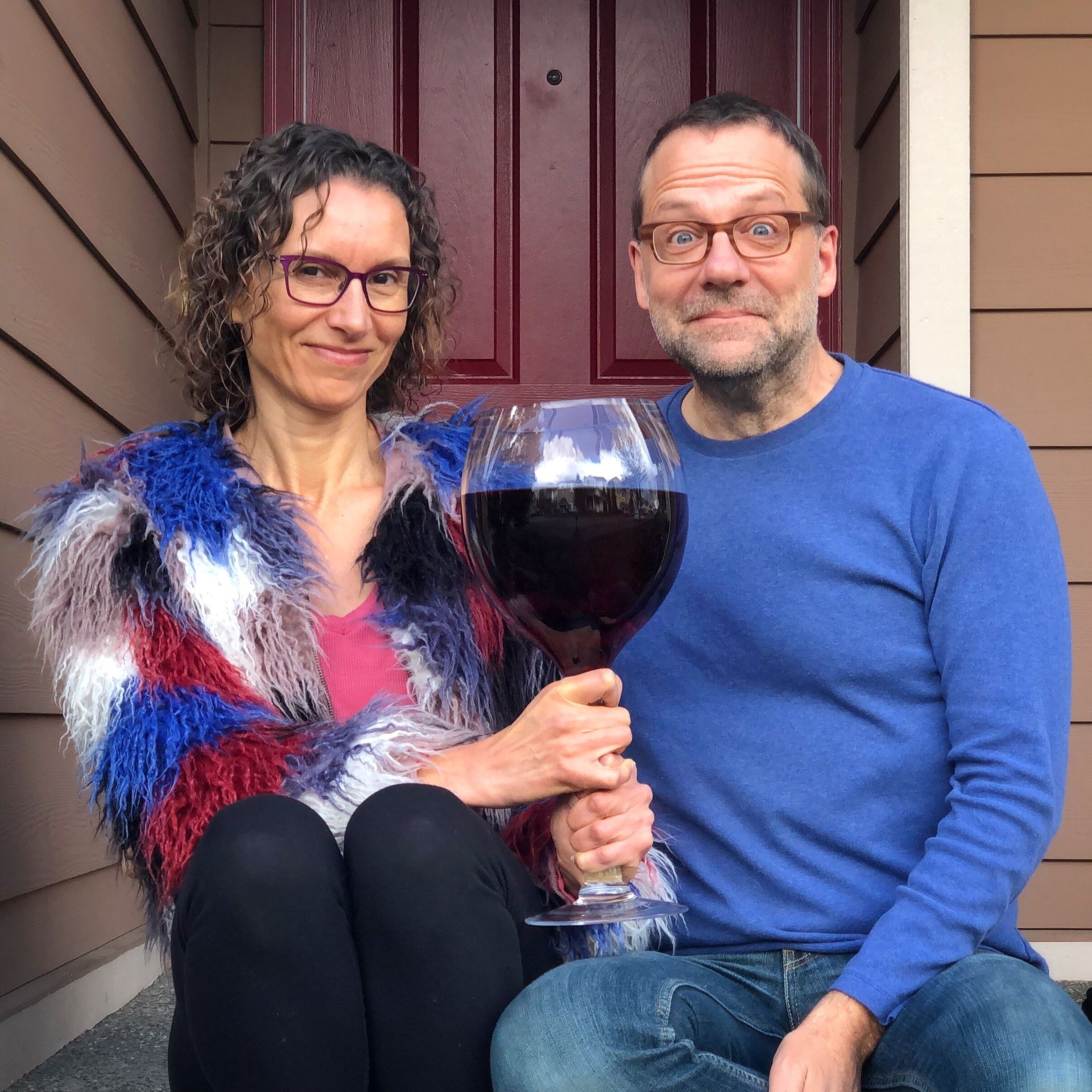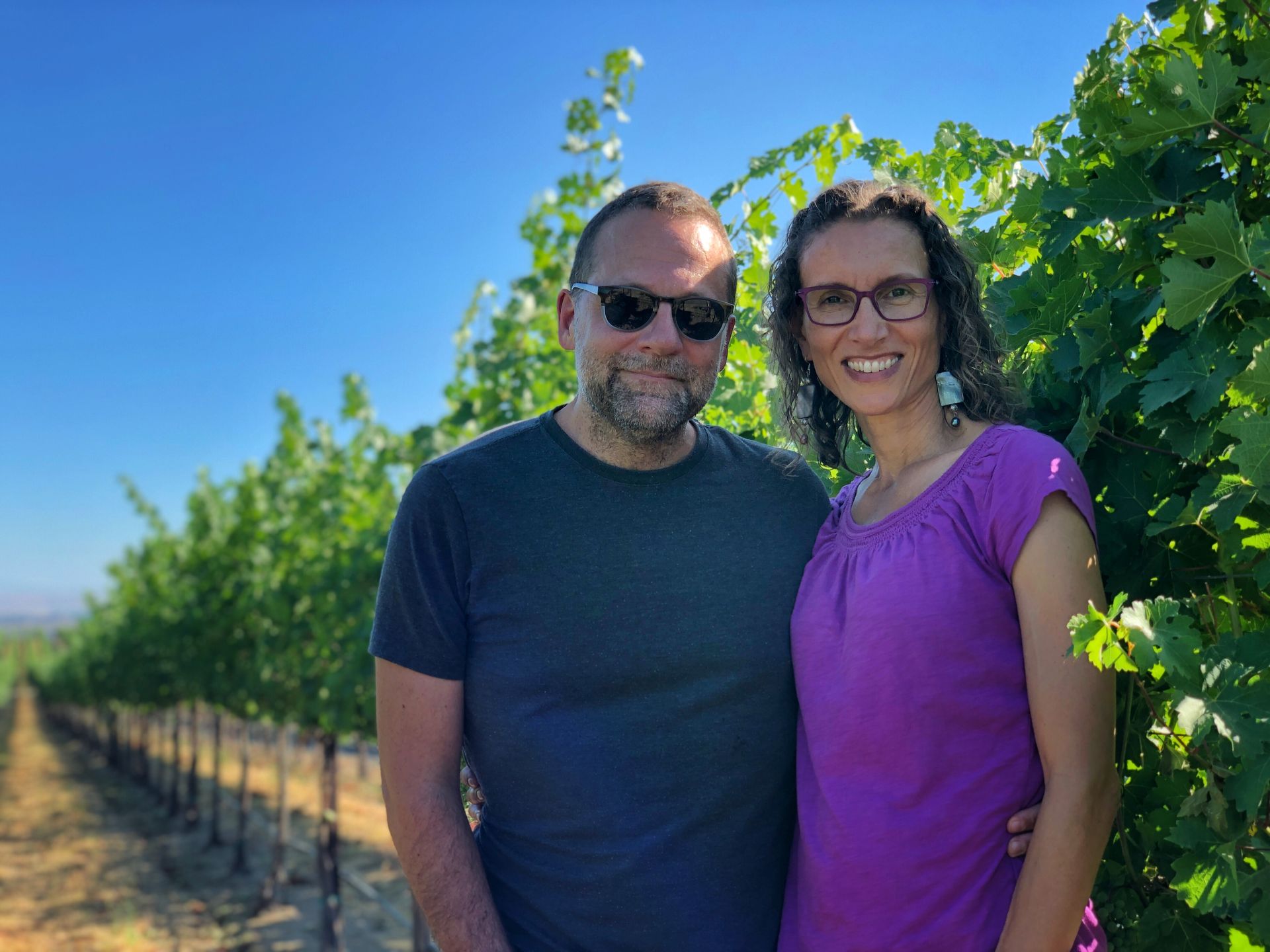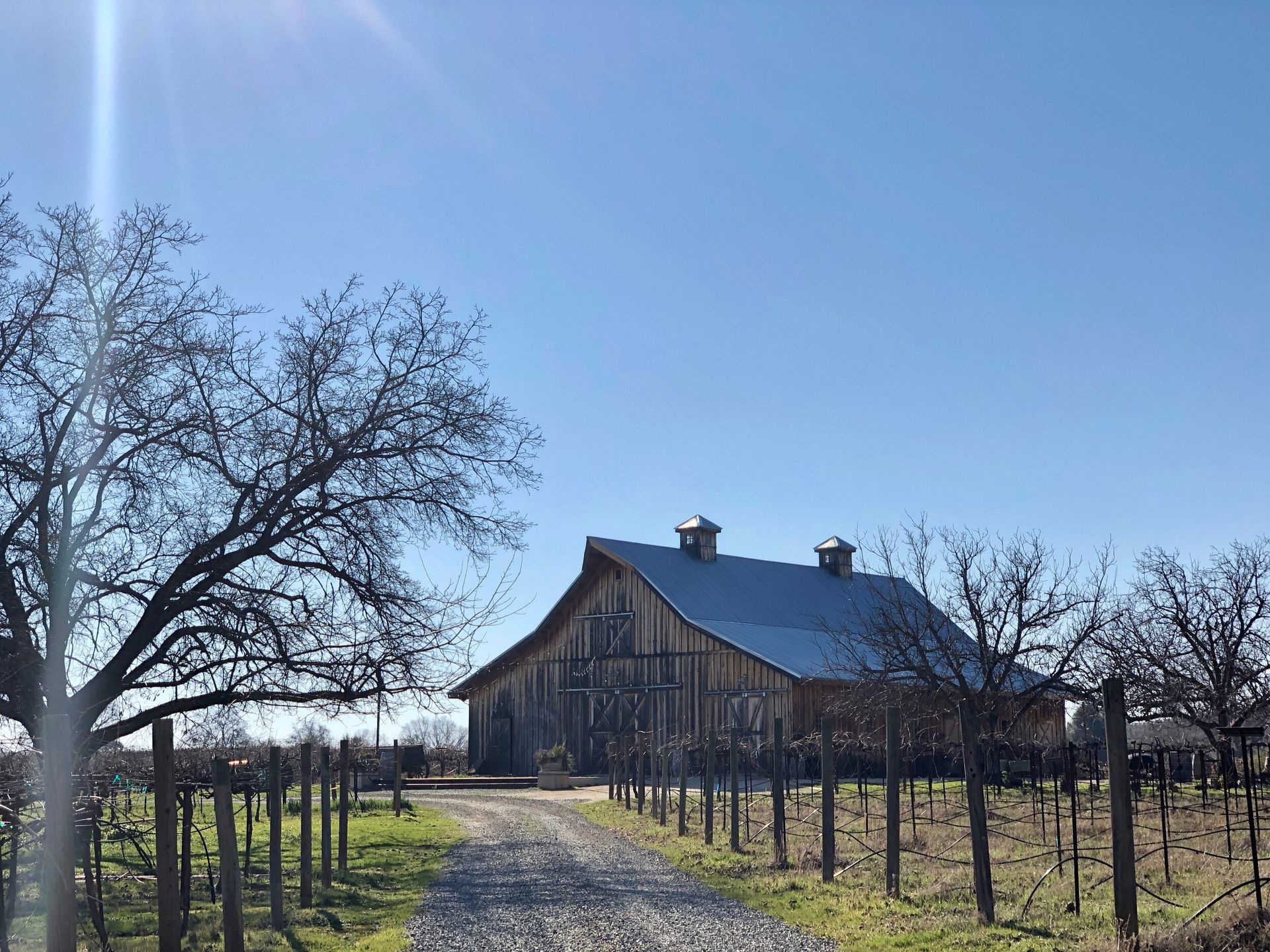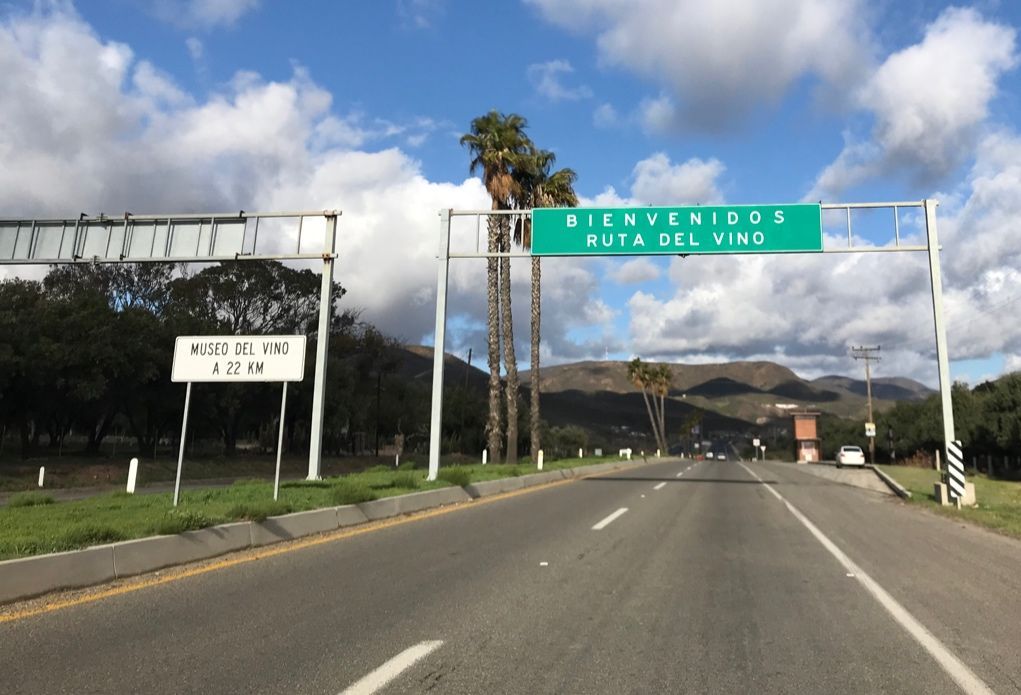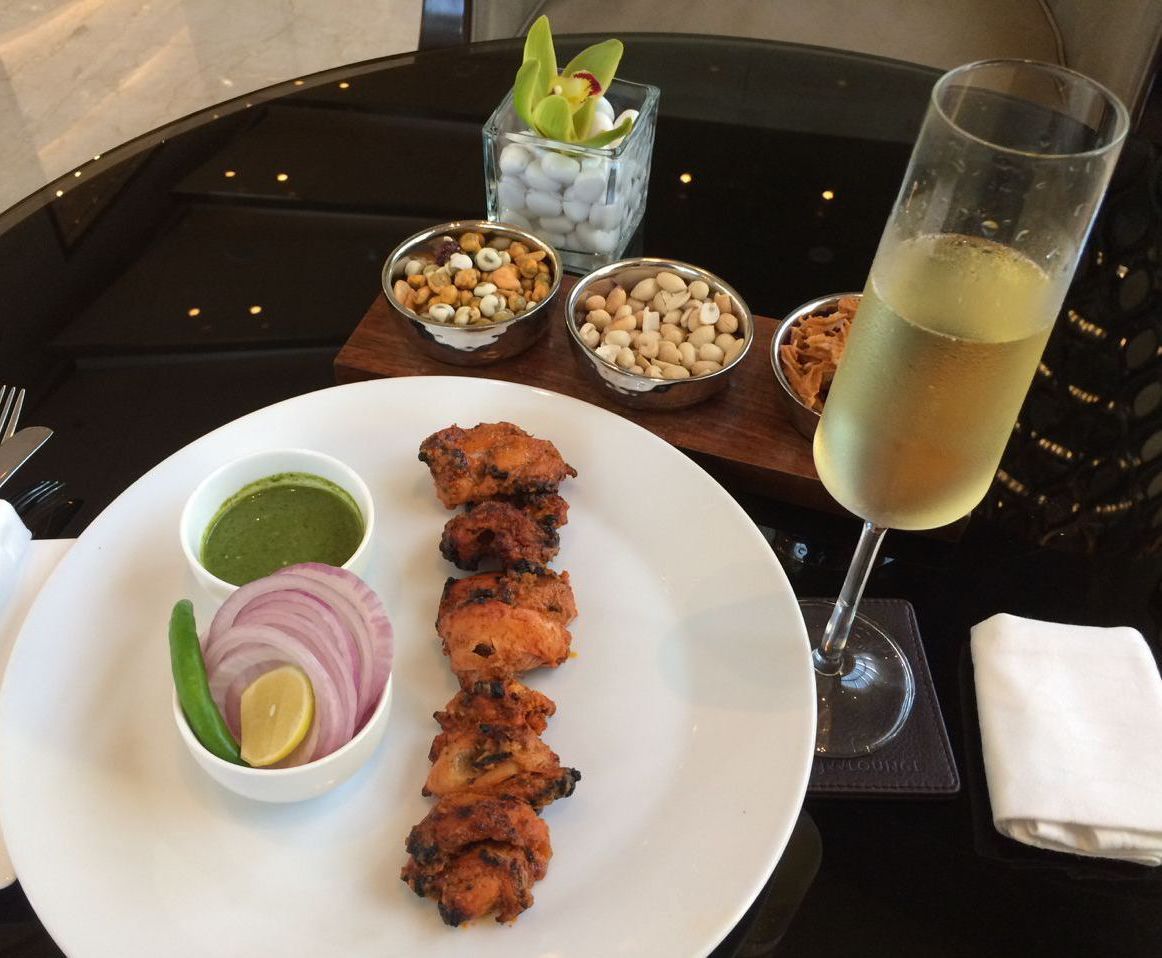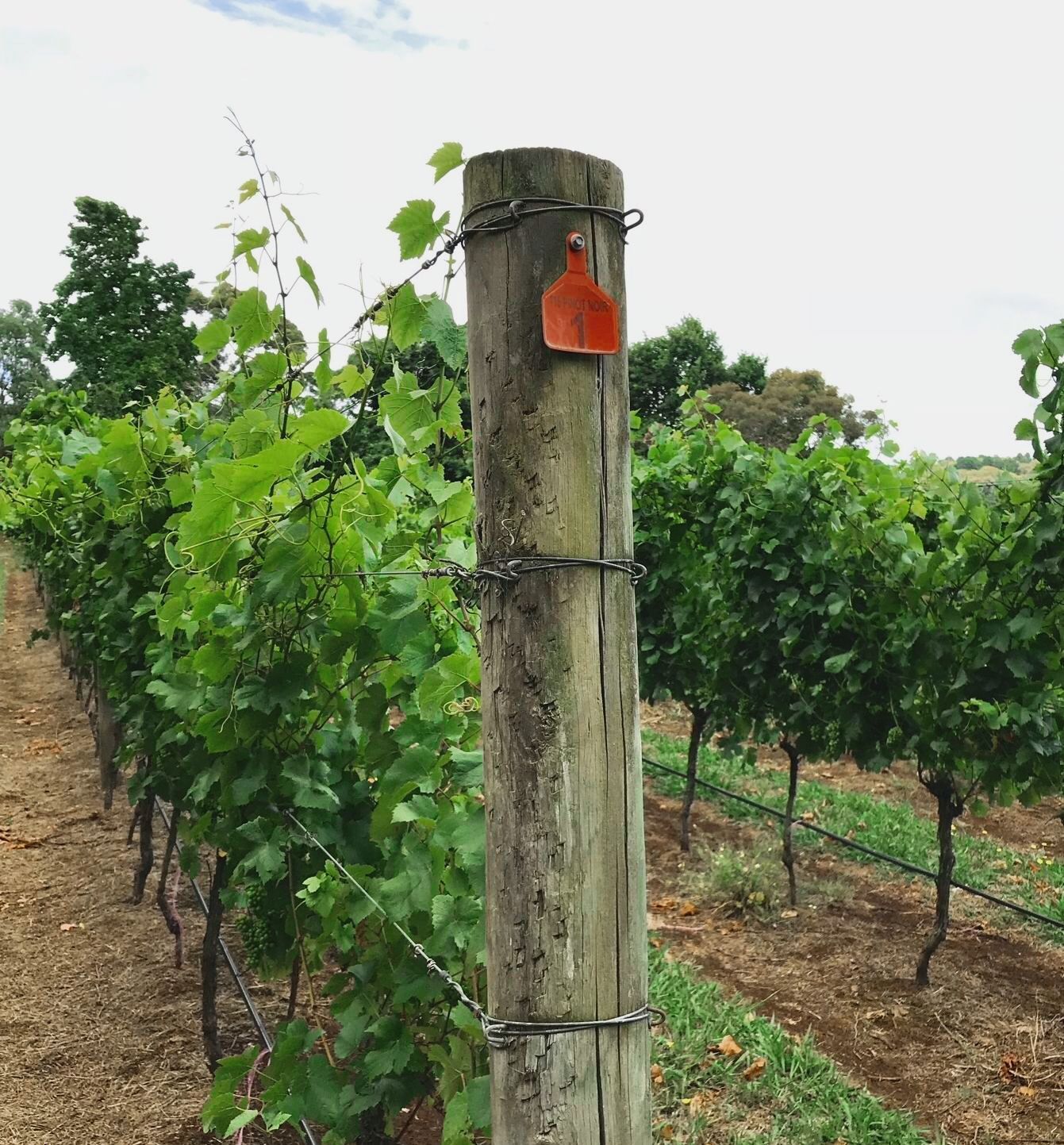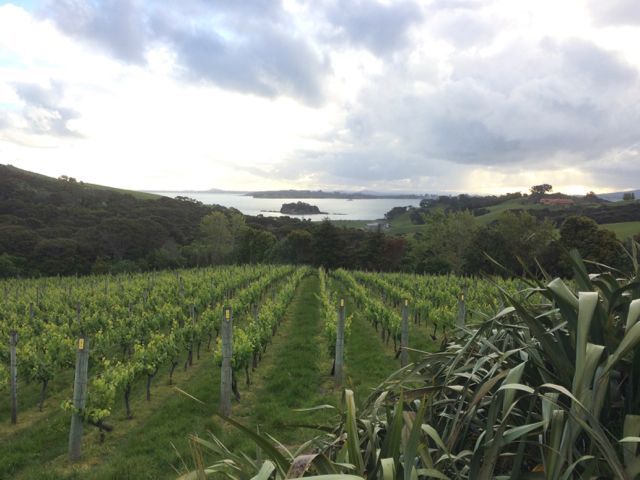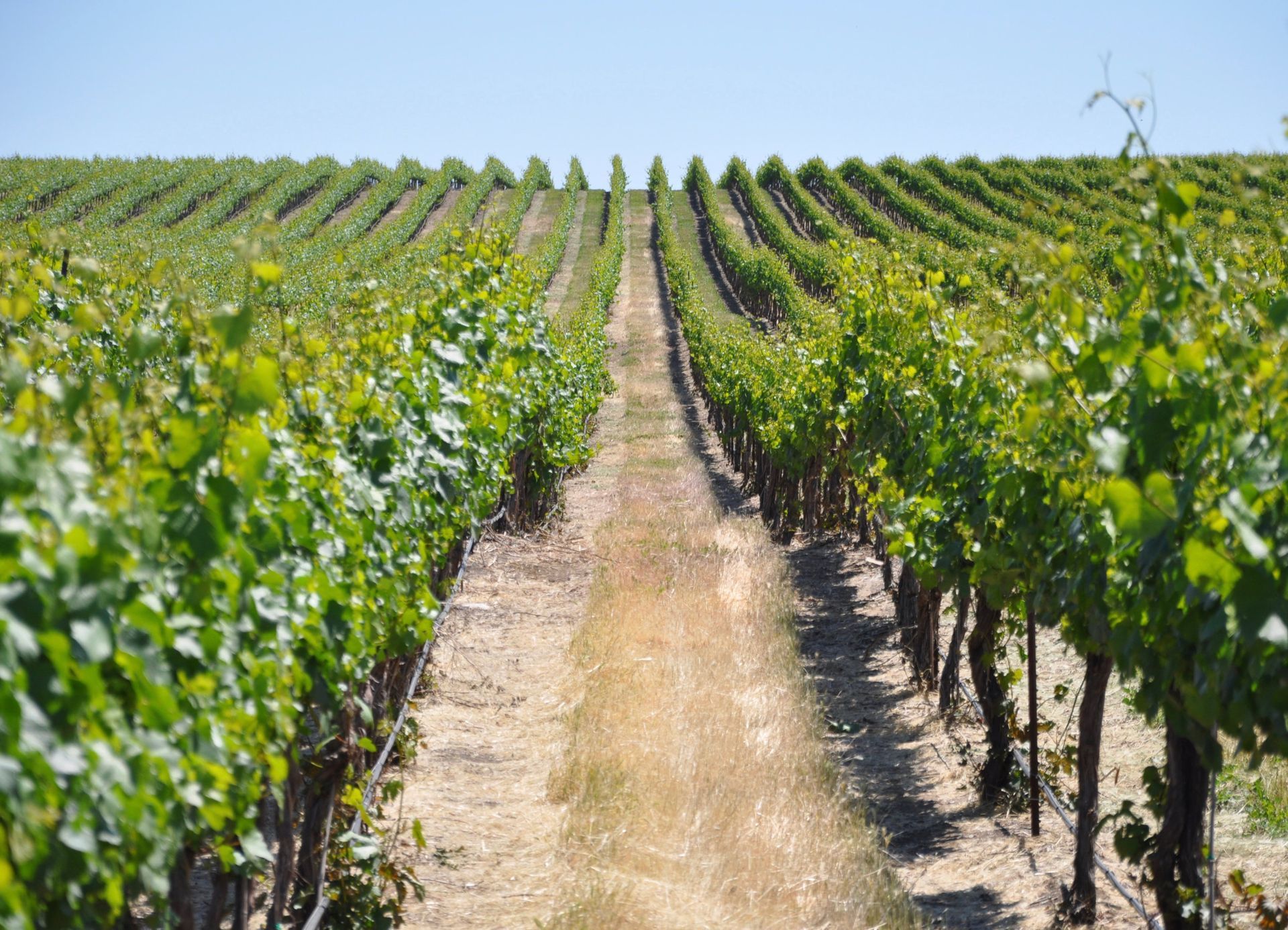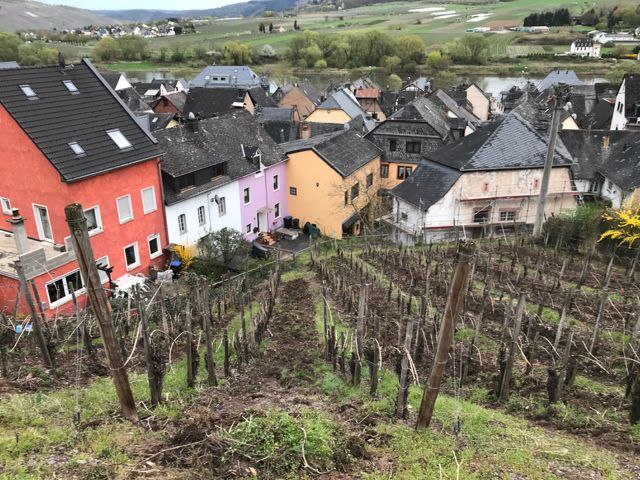Even if you’re unfamiliar with Germany’s Ahr Valley, you may recall news of the flooding that devastated the region in July of 2021. Before the flood, the Ahrtal (“tal” being German for “valley”) was best known as the only predominantly red wine region in the country (red grapes make up 82% of vineyard plantings). Delightful wines of Spätburgunder (the German name for pinot noir, which translates literally as “late Burgundy,” referencing the late ripening member of the pinot family) have defined the region for many decades. The flood, on the other hand, is an inescapable part of a much more recent identity.
The impact of the “flutkatastrophe” (i.e., “flood catastrophe”) was felt by everyone in the Ahrtal and the damage to the wine industry was both extensive and shocking. Since most vineyards are on steep slopes, vines and viticultural infrastructure escaped relatively unscathed (with the exception of some small vineyards on the valley floor). Most wineries, however, did not fare so well. Many tasting rooms and cellars were completely destroyed. Some wineries lost 100% of wine on hand. Visiting ten months after the fact, the clean up phase seemed to be in its final stages but there is much rebuilding ahead. Given the degree of destruction, it may be years before the wineries and villages along the river return to their previous states.
In spite of the recent disaster, there are still many great reasons to visit. The beauty of the vineyards and forests is beyond compare. When attempting to describe the scenery, “magical” comes to mind (as does “transcendent,” “otherworldly,” and “divine”). The history of the region is intriguing as well. Romans occupied the area 2,000 years ago and wine grapes have been grown and vinified here for over a thousand years. Also, the wine happens to be delicious. While the Ahrtal doesn’t enjoy the history or reputation of Burgundy, lovers of pinot noir will not be disappointed with the offerings.
Access to the best views in the valley is widely available via the “Rotweinwanderweg,” (i.e., “red wine hiking trail”), which is twenty-two miles long and easily accessible from the roadway connecting the small villages along the valley floor. The walking trail passes through vineyard after vineyard, is clearly marked, and is mostly paved or graveled (with the exception of short sections through forest passages). Like the Ahr river, the path winds this way and that, providing multiple vistas in a variety of directions. Staying in the village Rech, it was easy and gratifying to walk west to Mayschoss or east to Dernau and Marienthal. Since several bridges were destroyed by the flood, train service no longer extends as far into the valley as it once did so bus service is useful for visiting villages farther afield such as Walporzheim and Ahrweiler.
Ubiquitous vineyard terraces, ruins such as those at Kloster Marienthal, and medieval architecture (especially in the old town of Ahrweiler) put a visitor in touch with the past.
The Roemervilla is the excavation site of a large Roman villa that was first unearthed in 1980. Of course, there is also quite a bit of wine history around. Most wineries are family owned and more than a few can trace their winemaking histories back hundreds of years. Winemaking is first and foremost a passion, a lifestyle, and a matter of heritage for these producers.
Overall, the many spätburgunders tasted revealed aromas ranging from subtle and earthy to full-on funky with vibrant fruit flavors and pronounced acidity. In fact, tasting young wines (2-3 years since harvest) almost exclusively illustrated why these bottles need 5-10 years before being ready for maximized enjoyment. For those without the luxury of buying and storing these wines for an extended period, allow me to direct your attention to another regional specialty, frühburgunder.
Taking its name (i.e., “early Burgundy”) from its notable characteristic of ripening 2-3 weeks before pinot noir, this natural mutation of the pinot family is a worthy grape for comparison to spätburgunder. Many of the flavors and other characteristics are quite similar to pinot noir, but with lower natural acidity. This makes young frühburgunders ready to enjoy presently. Examples from
Jean Stodden,
Kloster Marienthal,
J.J. Adeneuer, and
Wilde
Ahr were all delicious. It seems to be a commonly held view in the region that frühburgunder is not as structured as spätburgunder, but for a fresh, young wine, it is quite charming and fun without being dull or simple.
Behind every beautiful wine is a special plot of land, of course. The esteemed VDP (an invitation-only consortium of 200 German wine producers) recognizes several vineyards in the Ahrtal as “grand sites of origin.” While only seven producers in the region are members of the VDP, a full 40% of vineyard land here is designated as the highest quality (referred to as “Grosse Lage”). These seventeen vineyard sites face south, southeast, and/or southwest, allowing for the longest exposure to the sun in this marginal climate (it’s quite far north). Terraced vineyards feature slopes of up to a 60% gradient, which also helps to maximize sun exposure. Soil types vary widely–windblown loess, grey slate, basalt, and sandstone–with each producing a different effect on wine aroma, flavor, and body.
Surprisingly, there is also quite a bit of white wine made from pinot noir (“blanc de noir” as in “white (wine) from dark (grapes)”). These wines have lively aromas of pineapple and green apple and are reminiscent of albariño but with more body and a rounder mouthfeel. With so much pinot noir growing in the region, it makes sense that various uses of the variety would emerge. Another unexpected discovery was halbtrocken (i.e., half-dry) spätburgunder. It’s common for wine regions to hang on to vestiges of history and perhaps this is one such example. A semi-sweet pinot noir makes a rather unusual presentation to a modern palate, however, and it’s hard to understand exactly when would be the right occasion for this expression of pinot noir. Surely, the audience is limited.
Many of the best wineries follow barrel aging traditions of Burgundy, including importing oak barrels only from select copperages in the spiritual home of pinot noir. While new oak is generally employed sparingly in the maturation process here, the highly-regarded
Meyer-Näkel
“Spätburgunder S” relies on substantial use of new French oak barrels to shape the final product. Such wines require several years of aging to integrate the influence of all that oak flavor.
In the midst of such remarkable scenery and agreeable wine, local hospitality shines through in the Ahrtal. English is not spoken universally, but it’s still fairly easy to get by without much in the way of German language skills. Socially speaking, Germans might strike some as matter-of-fact to the point of indifference, but most of the time a friendly demeanor is hiding just behind any apparently detached initial reception. Unlike some other wine regions, you are unlikely to encounter a sense of condescension or superiority here. The following email response to a request to schedule a wine tasting in English at Kloster Marienthal illustrates the point:
Our vinotheque and also our restaurant with the historical monastery garden are open every day. Always from 11.00 to 18.30. It is not sure that someone can present you our own wines in perfect English. But who is perfect?
Who, indeed?
If you’re looking for unique wines in a gorgeous setting, you should certainly consider the Ahrtal. Spätburgunder,
frühburgunder, white wines from pinot noir, riesling, and silvaner are all ready for the enjoying. The food is grand and the people are kind and welcoming. Just be ready for the journey: It’ll take about four hours to navigate the trains and buses from the Frankfurt airport. If you’re coming from Bönn or Köln, you’ll be half that time in transit. Driving through the area? Even easier. Just don’t forget to bring your sense of curiosity.
Do you have a lesser known wine region on your list of favorites? Be sure to
email us and tell us all about it.
